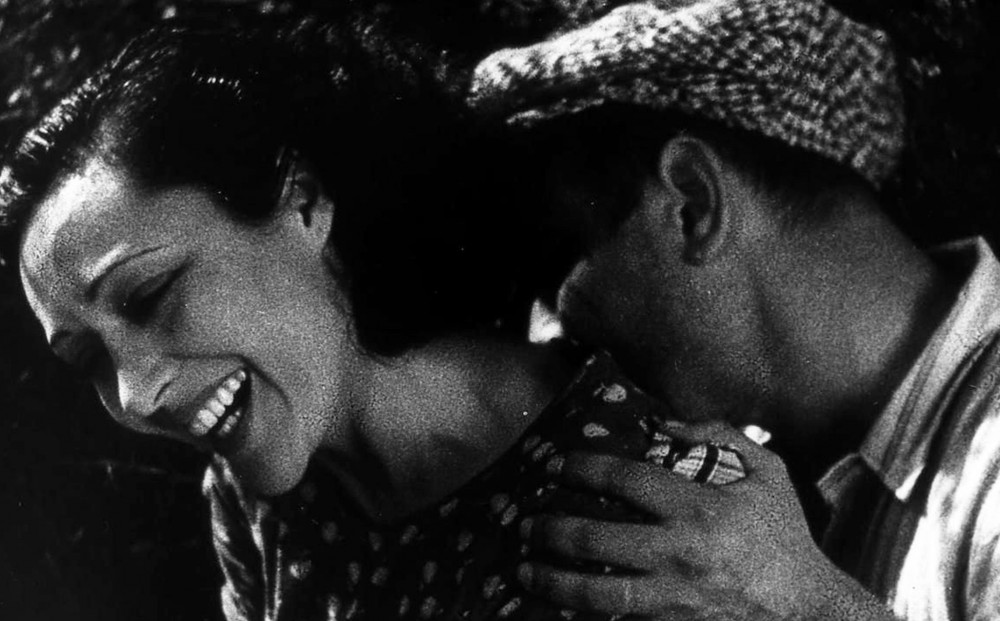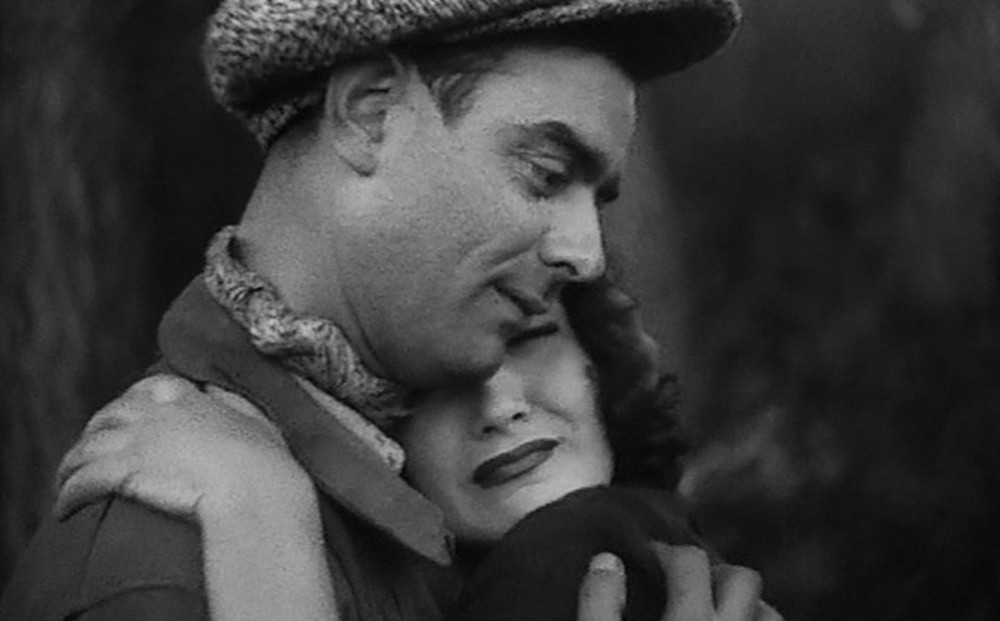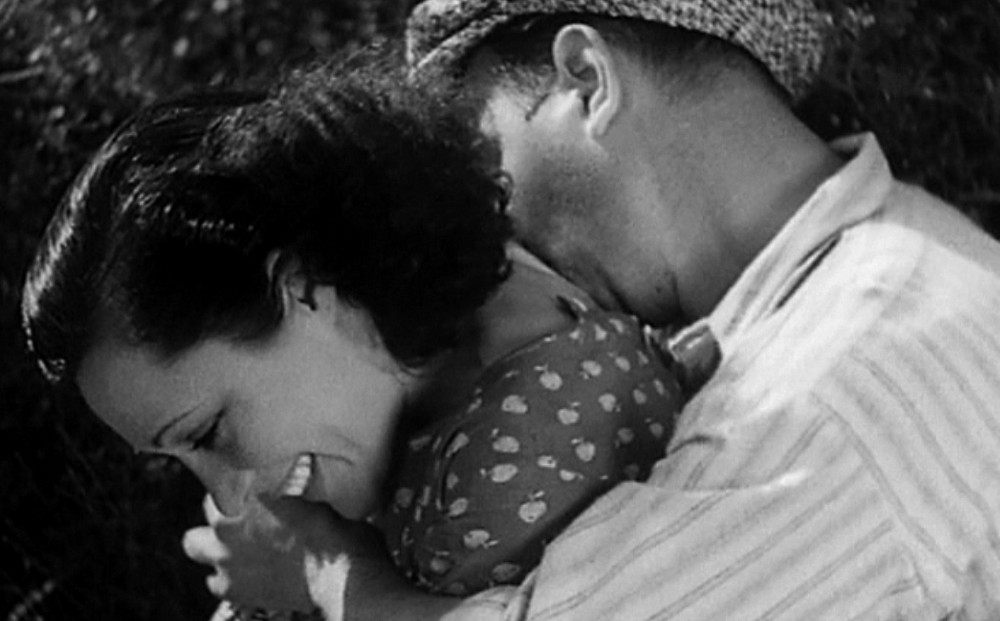Jean Renoir’s
TONI
The current COVID-19 crisis is a developing situation. We are not selling tickets at this time, but we intend to open all of these films in the near future.
NEW 4K RESTORATION
Director Jean Renoir
Cast Charles Blavette, Celia Montalván, Jenny Hélia
Screenplay Jean Renoir, Carl Einstein, Jacques Levert
Cinematography Claude Renoir
1935 | France | New 4K DCP | Approx. 90 min.
In Italian, Spanish, and French with English subtitles
Immigrants from Mussolini’s Italy stream across the border to the melting pot of southern France for desperately needed jobs. And among them, Charles Blavette’s Toni falls for a Spanish guest worker (played by Mexican actress Celia Montalván), but when he loses her to a brutal Belgian foreman, marries his landlady – and then things get complicated. Renoir took the story from police files and his style and star from his producer, none other than playwright/director Marcel Pagnol (best known for capturing la vie Provençale – urban and rural – in his Fanny trilogy, Manon of the Spring, etc., etc.), filming outdoors on the actual locations, the direct sound capturing the wind in the leaves, the chirps of the crickets. Neo-Realism before Neo-Realism, with a mostly non-professional cast, and, as in the opening, the immigrants keep coming. 27-year-old Luchino Visconti was Renoir’s assistant director.
Presented with support from The George Fasel Memorial Fund for Classic French Cinema. 4K restoration undertaken by Gaumont, from the original camera negative and a 35mm interpositive.
A JANUS FILMS RELEASE.
Reviews
“STARK AND GENTLE… AS WELL AS SEXY.”
– Time Out (London)
“One of the most remarkable achievements of realism in the cinema.”
– Penelope Gilliatt
“One of the key films in Jean Renoir’s work… the film in which he pushed his personal and cinematic quest the farthest.”
– André Bazin
“Its exterior realism is complemented by Renoir’s psychological, social, and dramatic realism. Then too, the fluidity of the camerawork, his brilliant compositions in depth, his feeling for figures in a landscape…”
– Richard Roud




